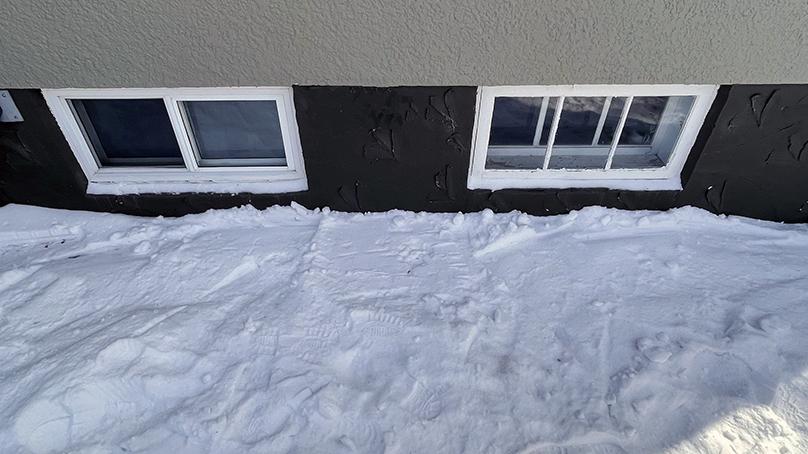
As the weather warms up and the snow melts, the risk of basement and overland flooding increases in Winnipeg. There are a few things residents can do to reduce the chance water finds its way into their home or buildings.
One of the easiest ways to protect your home is to clear snow away from your foundation. This can help prevent snowmelt from seeping in through the walls. You should also remove any snow that found its way into your window wells.
Check your backwater valve and sump pump
If you have a backwater valve and sump pit drainage system, make sure to check and maintain them regularly. This includes removing any material that might prevent the valve from working properly.
You can test your sump pump by pouring water into the pit to trigger the pump to operate. The process should be done at the beginning of spring, as well as if you plan to leave your house for an extended period of time. Consider thoroughly cleaning the pump at least once a year.
Homes that are not protected by a backwater valve or sump pit drainage system are at greater risk of basement flooding. New homes built since 1979 are required to have backwater valves and new homes built since 1990 are required to have sump pits with pumps.
If you don’t have a sump pump or backwater valve, you can arrange for a licensed plumber to install a backwater valve or a sump pit drainage system on a sewer line in the basement of your home. If you can’t tell whether or not your home has a backwater valve or sump pit drainage system, a licensed plumber may be able to help you.
Make sure water is draining properly
Don’t have water from your sump pump go into your floor drain. Not only is it illegal, it increases the risk of basement flooding for you and your neighbours. It is also illegal to have your sump pump discharge pipe drain directly onto neighbouring properties, lanes, sidewalks, boulevards, or streets. Instead, you should set it up so it drains somewhere onto your property where water can be absorbed, such as your lawn or flowerbed.

Check your eavestrough to make sure they are clear and pointed away from your home so snowmelt from your roof is directed away from your foundation.
You should also keep the drains in and surrounding your home free of garbage, grease, household hazardous waste, and debris. These items can lead to clogs in the drains in and around your home and can increase your risk of basement flooding.
Protect your belongings

Taking the time to make a few adjustments to how your belongings are stored in your basement can help minimize possible damage should water find its way in.
Prop appliances such as washers, dryers, and freezers off the floor by putting blocks of wood under them so they don't get damaged by water. It is common for backups to be less than a few inches of water.
Avoid storing belongings in cardboard boxes directly on the floor in the basement. Instead, try to store them on a shelf or in plastic totes if possible.
Consider improving drainage around your house
As the snow melts, pay attention to where the water goes, especially around your pathways, patios, decks, and driveways. These can settle overtime and cause water to drain back towards the house.
If you notice significant issues, consider taking steps to improve drainage around your house to prevent future flooding.
Originally posted on March 15, 2022


